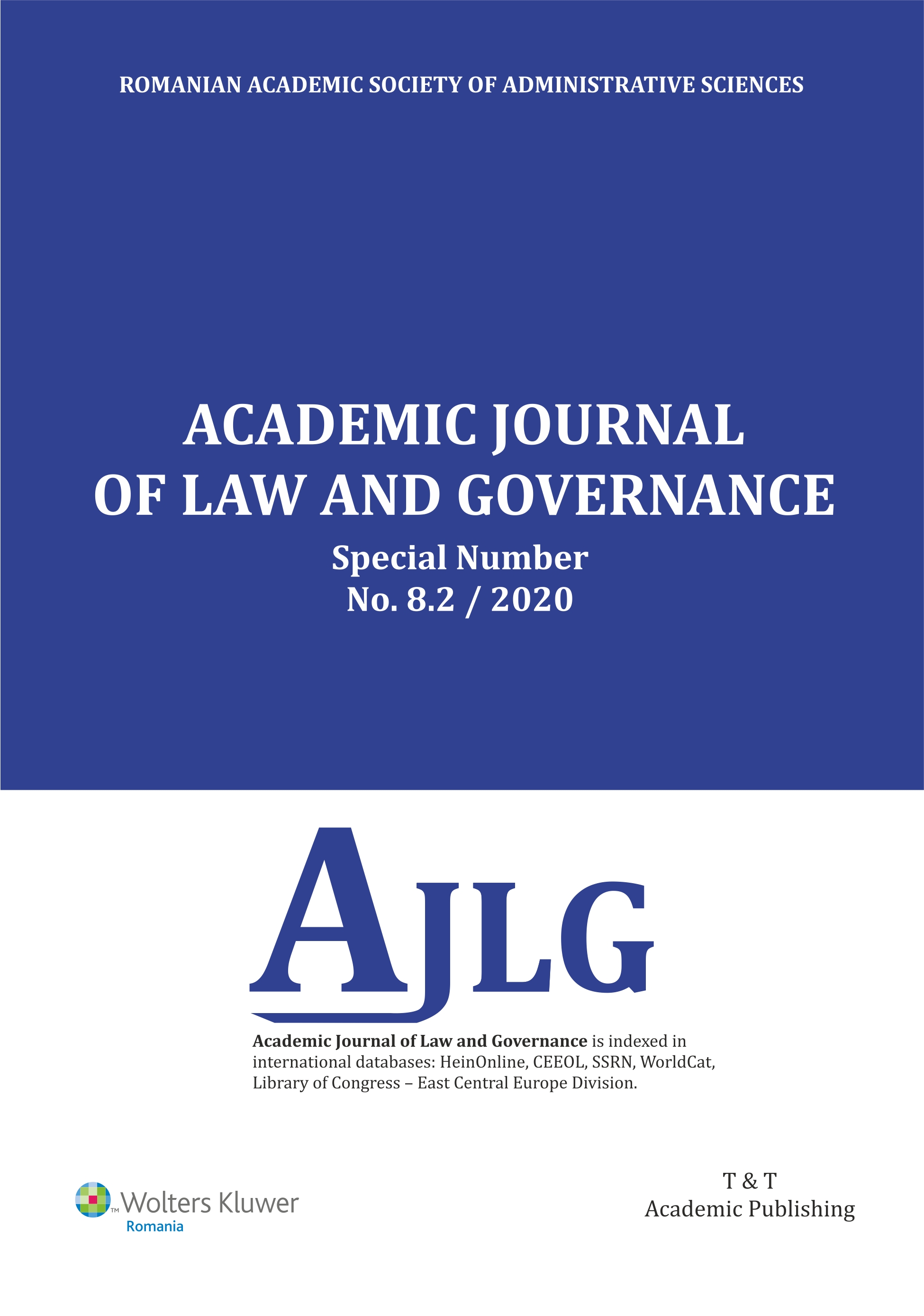Behaviour Modelling Approach for Defining Codes of Conduct in Public Administration Institutions
Behaviour Modelling Approach for Defining Codes of Conduct in Public Administration Institutions
Author(s): Iulia CospanaruSubject(s): Politics, Law, Constitution, Jurisprudence, Public Administration
Published by: SOCIETATEA ACADEMICA DE STIINTE ADMINISTRATIVE
Keywords: compliance;enforcement;codes of conduct;behavioural modelling
Summary/Abstract: Links between behaviour modelling theories and techniques and the definition of codes of conducts for public administration institution are addressed in this study to add to the definition of a theoretical model, based on behaviour modelling instruments, for the elaboration of the content of the said codes of conduct and to determine the expected behaviour from civil servants.It builds on the premise that the legal framework applicable to a certain institution is extremely extensive, and quite often its application requires multiple interpretation efforts before it can be properly enforced. Furthermore, enabling enforcement of such a vast legal framework requires adjustment to particular conditions and context of the mentioned institution. Such particular conditions are determined on one hand by pre-defined elements of the administrative capacity of a certain organization, and on the other hand by the organizational behaviour – itself subject to influence by the individuals` behaviour.To define a theoretical model of behaviour management in public institutions, the inputs that can be changed in order to reduce the frequency, duration and intensity of non-compliant behaviours are identified. Once these factors are identified and determined, to improve the expected behaviour an intervention strategy can be defined based on what needs to be changed (history, entries, history, legal requirements) and what are the effects of the intervention (change in one or more characteristics of a behaviour). In this context the paper explores the possibility of using the behaviour modelling theory to determine the expected behaviour of the civil servants as individuals and as members determining the organizational behaviour of the public institution they pertain to.
Journal: ACADEMIC JOURNAL OF LAW AND GOVERNANCE
- Issue Year: 2020
- Issue No: 8.2
- Page Range: 92-104
- Page Count: 13
- Language: English

